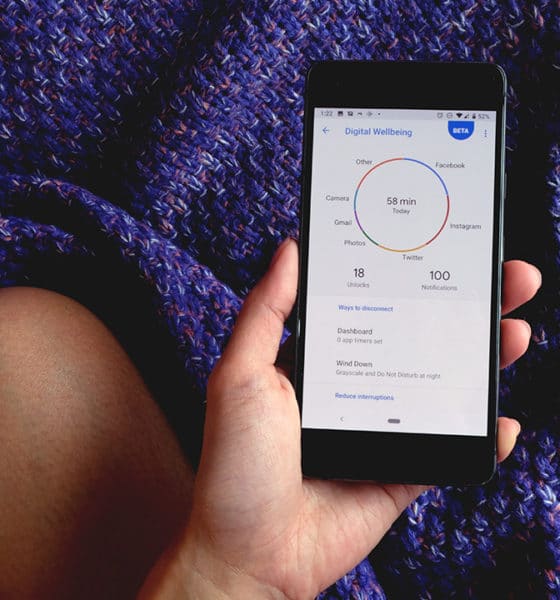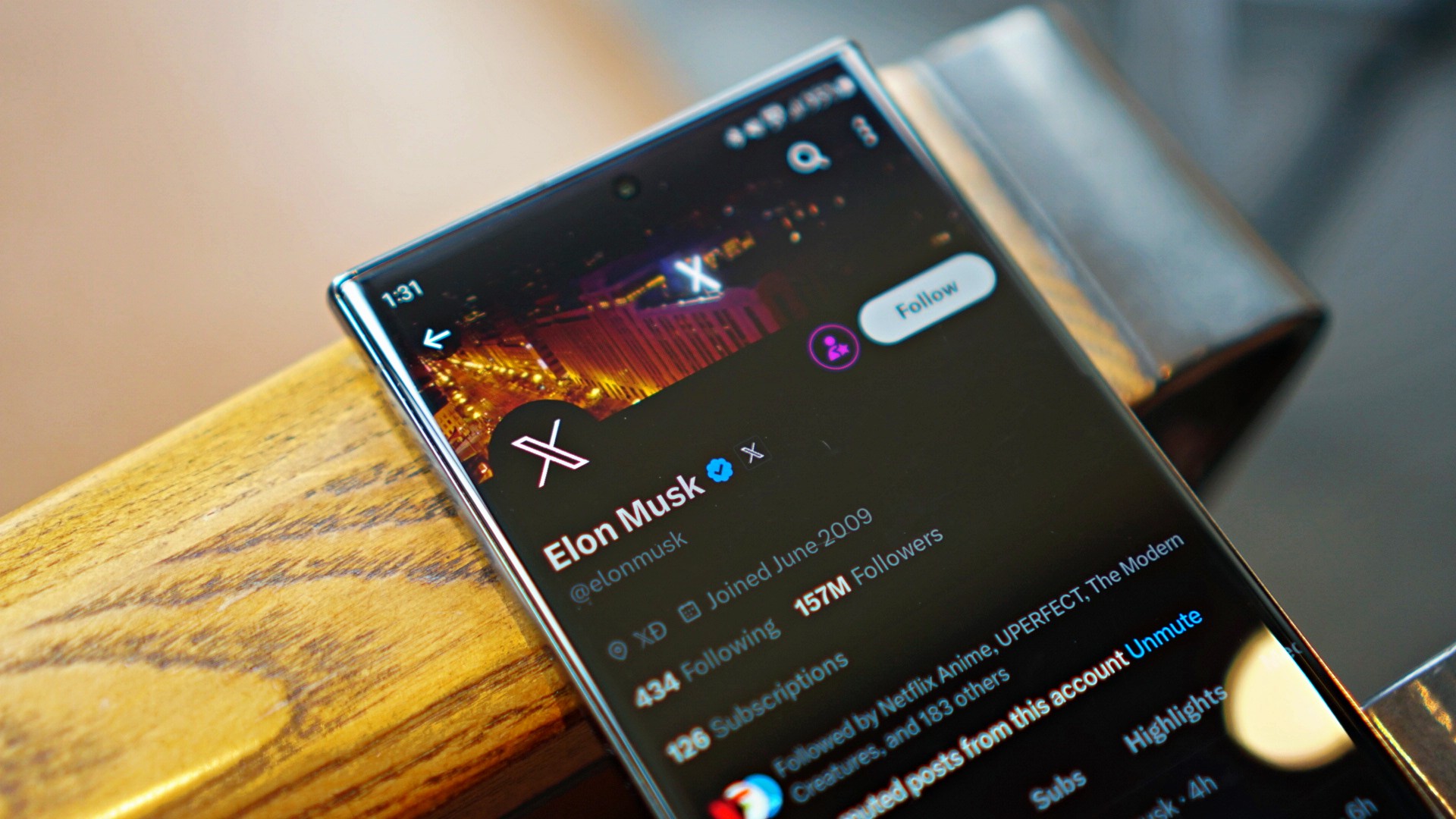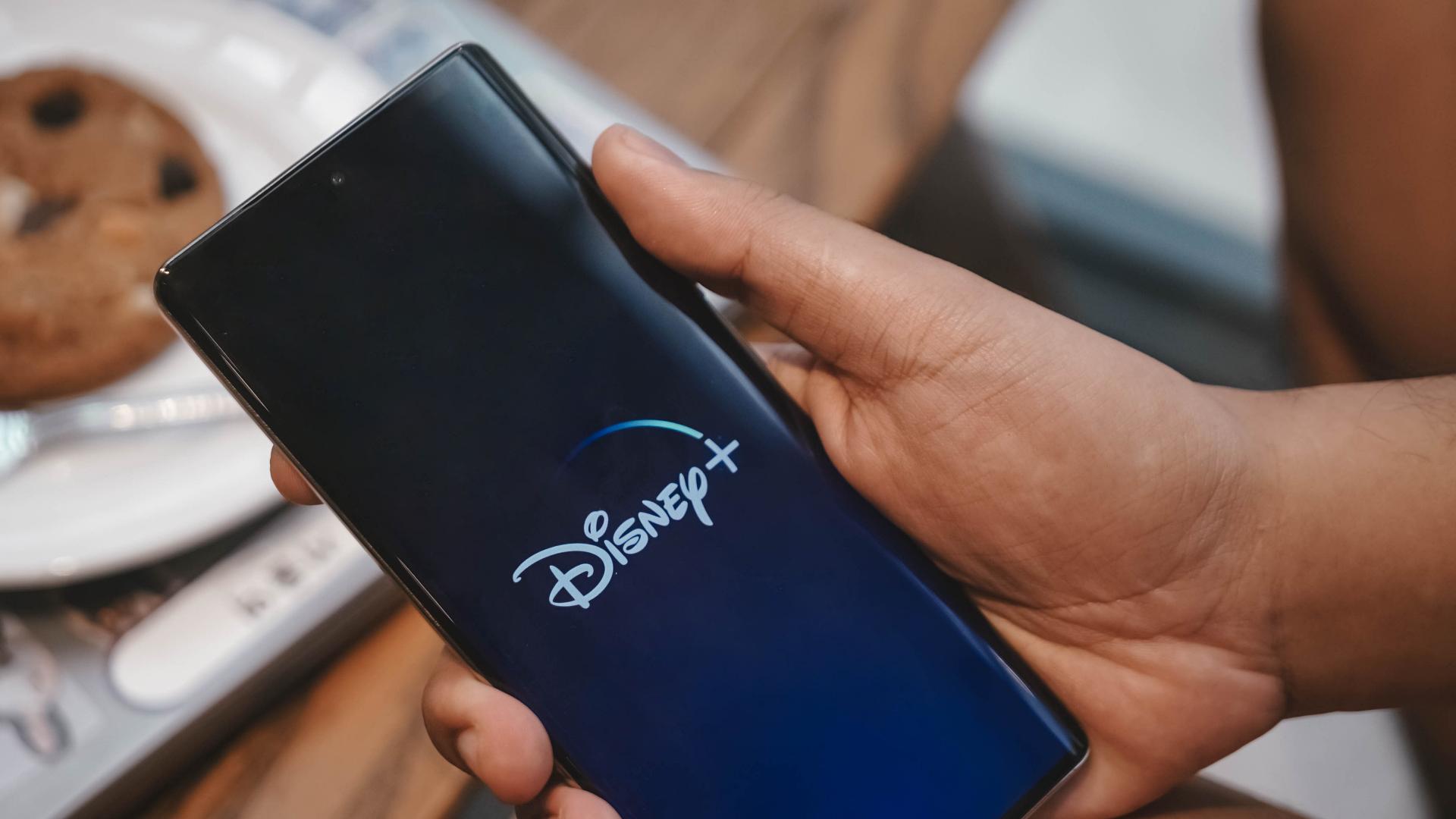

Apps
What I learned about myself using Android Pie’s Digital Wellbeing Dashboard
Am I on my phone too much?
When Android Pie was unveiled and released last week, I pretty much craved pie because everyone was talking about the delectable dessert. But, I was also very excited about one particular feature: The Digital Wellbeing Dashboard.
Image of me actually eating pie the day after the Android Pie unveiling
Announced earlier, this dashboard was supposed to be a ticket to a healthier lifestyle — well, at least in theory. In an effort to curb unhealthy phone user habits, a dashboard that tracks app usage is built in to Android’s newest operating system. Although not available to everyone as of writing, Pixel users (like yours truly) are able to try out the beta version of the dash. Since I’m a sucker for self-actualization and information that may potentially heal (and hurt) me, I tried it out for the last week or so and here’s what I learned.
I’m on my phone — a lot
No sh*t, Sherlock.
I know I’m always looking at these tiny screens but I didn’t realize I was literally living my life in front of it. A record day saw me looking at the screen for — get this — 11 hours and 55 minutes. That’s half a day! Legitimately, that’s the whole time I’m not sleeping. And take note, I review phones so this isn’t the only screen I look at in a day.

Given these numbers, I’m honestly unsure how I get anything else done in my life.
I get a ton of notifications
I mean sure, technology connects people, but I didn’t realize just how connected we are.
According to my data, I get around a minimum of 250 notifications per day and this number varies. At some point, there was a whopping 620 notifications. Let’s think about that for a minute; that means around 51 messages per hour in a 12-hour day. There are only 60 minutes per hour so that means almost a message for each freaking minute.

On average, Facebook Messenger tops the list for these notifications followed by Gmail and Telegram.
I check Instagram more than I should
Now, this is funny because as you just saw, Instagram isn’t on that list of top app notifiers. But, this might also be because I turned off IG notifications because they were distracting me (yay for being self-aware?). This health dashboard tells me that I unlocked my Instagram app most, with as many as 153 times in one day. This was, on average, followed by Facebook and Twitter.

The top three apps I spent time on are Instagram, Facebook, and Twitter, which just tells me that I’m ‘gram crazy and I’m on social media too much (which isn’t really news to anyone).
Grayscale is annoying and I hate it
Part of the dashboard is a feature aimed at curbing being on your phone before bed (which I do a lot 🙄). Wind Down allows you to set such times and then gives you an option to turn on Do Not Disturb and a Grayscale that makes browsing less desirable for people who should be sleeping and not looking at their phones.

The mess of an app IG becomes on grayscale
Reading tweets on grayscale is weird and browsing through Instagram is just plain wrong. I guess, in that way, this function is effective in getting me to stop being on my phone — until I turned it off the next day and never turned it on again.
I refuse to turn on the app timer as I justify social media use as work
Say what you want because it’s true. 😅
See, there’s a timer option on the dash that allows you to limit app usage time. Thing is, I’ve never turned it on. Why? Because I work on the internet and turning it on may amount to catastrophic consequences.
I will keep using this to justify my action of disallowing app time limits, so what’s your excuse?
It must be noted that, as mentioned earlier, I use more than one phone on a daily basis and am on social media on my laptop a lot, too. That being said, it’s worth pointing out that this still isn’t a complete picture of my daily phone and internet habits. Even though this data only shows a fraction of the grand picture, it already says a lot.
As with everything in life, the choice is in your hands (er, on your phone). Though I am ultimately left to decide what to do about my phone habits, knowing is always the first step.


New users on X might soon face a tough time on the platform. The social media website will likely start charging new accounts a small fee for the right to post on the platform.
Now, the fee isn’t a new one. Almost six months ago, the company tested the paid system in New Zealand and the Philippines. New users in those countries had to pay a dollar per year for the ability to post and reply to content.
As spotted by X Daily News on the same platform, the company might be ready to take the experiment to a larger market. New text strings have shown that the policy is rolling out worldwide.
SPECULATION: X might be expanding its policy to charge new users before they reply/like/bookmark a post https://t.co/odqeyeiHBx pic.twitter.com/EU71qlwQ0D
— X Daily News (@xDaily) April 15, 2024
The policy is designed to combat a wave of bots appearing on the platform. By preventing new accounts from creating posts, X hopes to stave off the standard behavior of bots these days. You might have noticed them as OnlyFans creators in unrelated posts, peddling NSFW content on their bio.
Though the global rollout was only just spotted, owner Elon Musk has seemingly confirmed the change. Replying to X Daily News, Musk says that it is “the only way to curb the relentless onslaught of bots.” He says that the current breed of bots can easily bypass simple checks these days.
Apps
Disney+ might get always-on channels similar to cable TV
Featuring content from Marvel, Star Wars, and classic Disney

The burden of choice on streaming platforms is real. If you’re like us, you’ve spent hours just mindlessly scrolling through titles on Netflix or Disney+ without watching anything. Netflix, at least, has a Play Something button to fight off that irresistible urge. Now, Disney+ is reportedly trying something different: always-on channels.
If you already cut cable from your lives, you’re likely missing traditional channels or networks that have pre-determined programming. It was a flawed system that eventually ended up with mediocre content and a downpour of ads. However, cable did allow us to keep watching without deciding what comes next.
Now, according to The Information, Disney+ is working on adding those channels to its streaming service. Naturally, these channels will include content from the platform’s library such as Marvel, Star Wars, and its list of classic animated films.
Strangely, the reported feature might still have ads in between programs. Though the addition of ads does mean a better similarity with real television, users still have to be paying subscribers to access the channels. Even if you’re already paying for Disney+, you might still get hit with ads.
Disney has not confirmed the reports yet. The platform might launch a version of the feature outside of the scope included in this report. It’s also unknown when these always-on channels will launch.
SEE ALSO: Macross to be available on Disney+
A few years ago, Apple unleashed one of the most interesting features for the iPhone today: Emergency SOS. Designed for those who like their fair bit of the outdoors, Emergency SOS allows users to contact emergency services without network coverage. Other manufacturers, however, are struggling to adopt the same feature. Now, Google might soon join Apple in providing satellite connectivity for its users.
Despite the convenience, satellite connectivity hasn’t taken off as much as the industry expected it to. For one, a network of satellites isn’t the easiest thing to maintain. Apple is still currently offering its services for free, a gamble that may or may not pay off. Now, the iPhone maker won’t be alone.
According to Android Authority, Google might start offering the same service to Pixel 9 users. Starting with this year’s upcoming flagship, the company is reportedly teaming up with T-Mobile to create satellite connectivity for its users. The telecommunications network is teaming up with SpaceX for the feature.
The same report describes how the feature might work. Once activated, the feature will ask users of their situation: is everyone breathing, are people trapped, are weapons involved, among others. The phone will then relay this information to emergency authorities for a rapid response.
Unfortunately, pricing remains a mystery. While Apple is still offering its satellite connectivity for free, other brands might put the burden of cost on the end user. Hopefully, they won’t, but a paid version is unfortunately expected at this point.
SEE ALSO: Should you be excited for Apple’s satellite connectivity?
-

 Events2 weeks ago
Events2 weeks agoStellar Blade: PlayStation taps cosplayers to play Eve for game’s launch
-

 Features1 week ago
Features1 week agoFortify your home office or business setup with these devices
-

 Gaming2 weeks ago
Gaming2 weeks agoThe Rogue Prince of Persia looks like an ultra-colorful roguelite
-

 Accessories2 weeks ago
Accessories2 weeks agoLogitech unveils G Pro X 60 gaming keyboard: Price, details
-

 Reviews1 week ago
Reviews1 week agorealme 12+ 5G review: One month later
-

 Gaming2 weeks ago
Gaming2 weeks agoLenovo confirms development of a Legion Go 2
-

 Deals2 weeks ago
Deals2 weeks agoTCL P635 TV: Big savings for TCL’s anniversary
-

 Gaming1 week ago
Gaming1 week agoNew PUMA collection lets you wear PlayStation’s iconic symbols


























